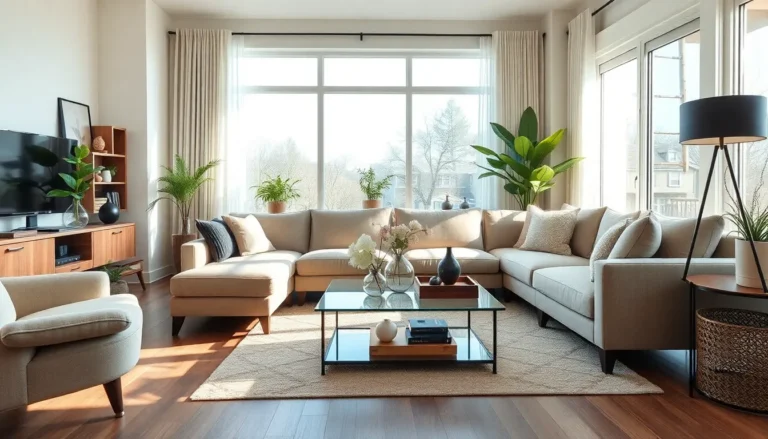Table of Contents
ToggleIn the realm of web design, achieving a sense of stability within a site’s layout is fundamental. One overlooked aspect that plays a crucial role in this stability is bed stability. As websites become more complex and dynamic, understanding and implementing effective bed stability techniques can enhance user experience and boost a site’s overall performance. This article delves into the concept of bed stability, its significance in web design, practical techniques to achieve it, the challenges one might face, available tools, and real-world case studies that exemplify successful implementations.
Understanding Bed Stability

Bed stability refers to the consistency and reliability of a website’s layout across different devices and screen sizes. At its core, it encompasses how elements are arranged and interact within a web page to maintain a harmonious user experience. In a digital age where responsive design is paramount, bed stability ensures that users do not face disorienting shifts or misalignments as they navigate a site. This concept is crucial for maintaining visual integrity, improving load times, and eventually enhancing user satisfaction.
Importance of Bed Stability in Web Design
The significance of bed stability in web design cannot be overstated. With an increasing number of users accessing websites via mobile devices, maintaining a consistent layout is essential for several reasons:
- Improved User Experience: A stable interface allows users to engage effortlessly with a site, minimizing frustration caused by misplaced elements.
- Enhanced Accessibility: Stable layouts cater to users of all abilities, ensuring that content is easy to read and interact with.
- SEO Benefits: Search engines favor well-structured, user-friendly websites. So, bed stability can contribute positively to a site’s search ranking.
- Brand Reputation: A professional appearance reflects positively on a brand, establishing trust and credibility with its audience.
In short, bed stability is integral to crafting an effective and user-centric web presence.
Key Techniques for Mastering Bed Stability
To achieve bed stability, designers and developers should consider implementing the following techniques:
- Fluid Grids: Utilizing percentage-based widths instead of fixed dimensions ensures that elements respond dynamically to various screen sizes.
- Responsive Breakpoints: By defining specific points at which layout adjustments occur, designers can ensure a consistent experience across devices. This includes using media queries effectively.
- Flexible Images: Images should be set to scale within their containing elements to prevent layout shifts when viewed on different devices.
- Minimizing Reflow: Minimizing changes to the Document Object Model (DOM) prevents unnecessary reflows, which can cause layout instability.
- Testing Across Devices: Regularly testing layouts on multiple devices and browsers helps identify issues that may affect bed stability.
Common Challenges and Solutions
Even though the importance of bed stability, web designers often encounter several challenges:
- Cross-Browser Compatibility: Different web browsers render pages uniquely, leading to potential inconsistencies.
- Solution: Employ tools like BrowserStack for comprehensive cross-browser testing.
- Inconsistent Performance on Mobile Devices: Mobile devices may struggle with larger scripts or heavier elements, affecting stability.
- Solution: Optimize scripts and images for mobile to ensure better performance.
- Complex Layouts: Designing intricate interfaces can sometimes compromise stability.
- Solution: Use a grid system to maintain consistency and predictability in layout.
Tools and Resources for Bed Stability
Numerous tools can assist in mastering bed stability:
- CSS Frameworks: Frameworks like Bootstrap and Foundation offer predefined classes that help maintain layout consistency.
- Responsive Design Mode in Browsers: Developer tools in browsers like Chrome and Firefox provide the ability to test responsive designs easily.
- Accessibility Checker Tools: Platforms like Axe and Wave help ensure that your website is not only visually stable but also accessible to all users.
- Performance Testing Tools: Services like Google PageSpeed Insights and GTmetrix help assess performance, allowing designers to make informed adjustments to enhance stability.
Case Studies: Successful Implementation
Several organizations have successfully implemented bed stability to enhance their web design:
- E-commerce Platform: A well-known e-commerce site revamped its layout by utilizing fluid grids and responsive breakpoints. This change led to a significant increase in conversion rates, especially on mobile devices.
- News Website: A major news organization improved user experience by optimizing images and scripts, resulting in faster loading times and lower bounce rates.
These case studies demonstrate that carefully addressing bed stability can lead to tangible benefits in user engagement and performance.
Conclusion
Mastering bed stability is essential for creating an effective web presence. By understanding its importance and employing key techniques, web designers can overcome common challenges and leverage available tools to enhance stability. As the digital landscape continues to evolve, focusing on bed stability will not only improve user experience but also strengthen a brand’s credibility and performance in a competitive market.








